Who Lived In The Manor House In Medieval Times Medieval manor houses were owned by Medieval England s wealthy those who were at or near the top of the feudal system Few original Medieval manor houses still exist as
Manor house during the European Middle Ages the dwelling of the lord of the manor or his residential bailiff and administrative centre of the feudal estate The medieval manor was generally fortified in proportion to the The lord and his family lived in the manor house along with their staff and servants The architectural features of the manor house were impressive with thick walls towers and battlements designed to protect the occupants from
Who Lived In The Manor House In Medieval Times

Who Lived In The Manor House In Medieval Times
https://i.pinimg.com/originals/01/df/2b/01df2b1cff8bd4e73502324b04ebf934.jpg

An Old Map Shows The Locations Of Various Buildings And Towns In This
https://i.pinimg.com/originals/f9/27/c1/f927c1f7e96ad5e9a837217a368218af.jpg
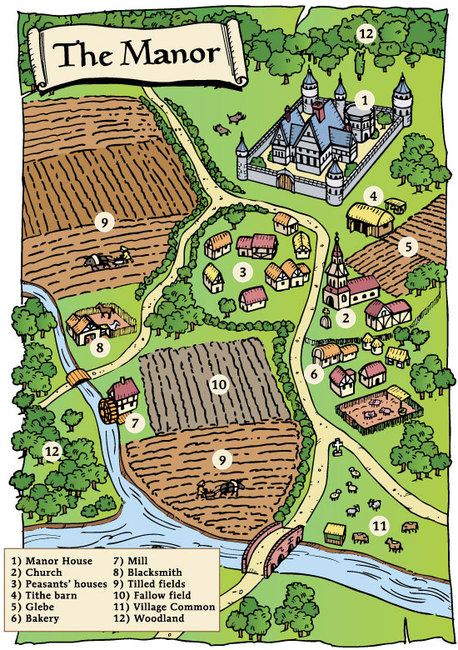
Medieval Manor Diagrams The Western Heritage
http://crhswestern.weebly.com/uploads/1/2/1/2/12121762/498883678.jpg?461
The manor houses lived in by medieval lords were constructed from natural stone and built to last Peasants on the other hand lived in huts made of wattle and daub which were designed to clearly display their poverty to those who As we have seen in feudal times the lord of the manor played a crucial role in the social and economic structures of medieval society Through their tenure over land the manor house and the people who lived there they held great power
The Manor had four main areas The Manor House and village farmland meadowland and wasteland the Lord of the Manor lived in The Manor House and the Peasants lived in mud brick cottages Their homes were very small The medieval manor house was the home of the Baron Manor houses were large reflecting the wealth and status of the Lord They often comprised several buildings and were mainly self sufficient growing their own food and keeping
More picture related to Who Lived In The Manor House In Medieval Times

The Manor System
https://kajabi-storefronts-production.kajabi-cdn.com/kajabi-storefronts-production/file-uploads/themes/2153262059/settings_images/247e8e3-efe3-7e37-bb3b-0c725852d5_PwPi9UCLStG7VcfbCTBU_pasted_image_0_7.png

Images From Later Medieval Europe Medieval England Late Middle Ages
https://i.pinimg.com/originals/4e/01/aa/4e01aa53d84ad83607824ede6d4144ac.jpg

Manorialism Medieval England Fantasy Village Late Middle Ages
https://i.pinimg.com/originals/4e/7c/b8/4e7cb8229227807df29e5ce3b23319e4.jpg
In medieval times the manor house was the residence of the estate s lord It accommodated the lord and his family potentially including cousins and uncles as well as serving as the domicile of the lord s bailiff or The manor house was primarily the residence of a lord of the manor during the medieval period The feudal system of government and societal organisation which flourished during the middle ages was based around land
Manor houses were the habitat of the gentry the headquarters of the squire In medieval England they were both governmental and economic units The lord of the manor Medieval manors and manorialism offer a window into the complex web of relationships and structures that defined the medieval countryside These estates were not merely agricultural
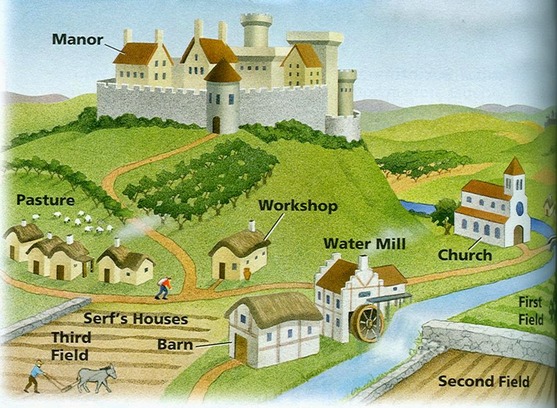
Middle Ages 6th Grade Social Studies
http://nsms6thgradesocialstudies.weebly.com/uploads/3/7/2/4/37241339/8846846.jpg?558
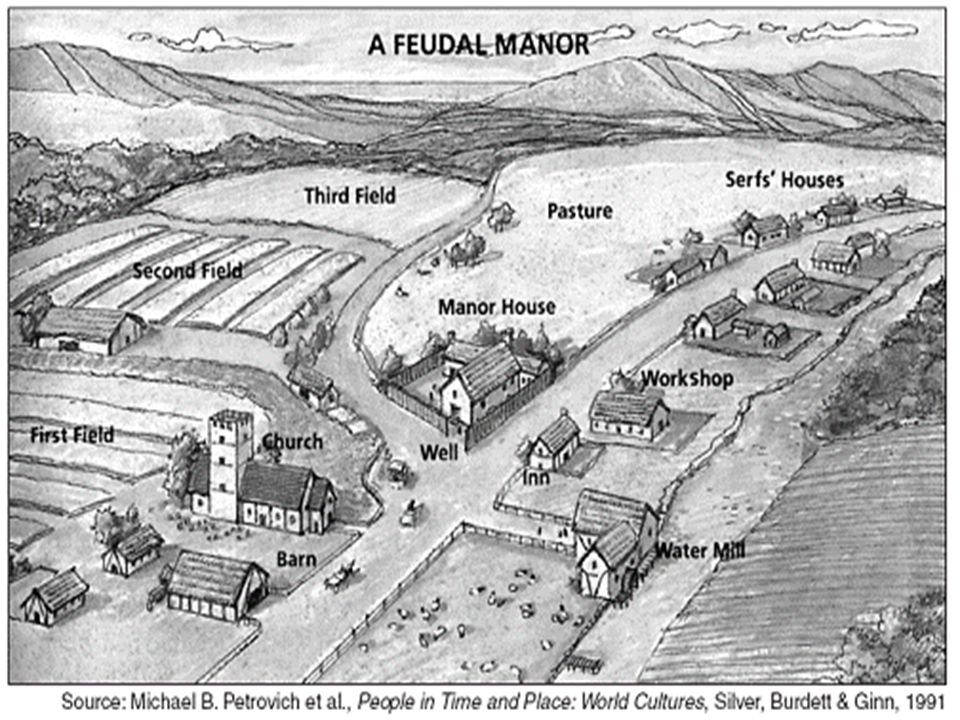
Medieval Manor Drawing At PaintingValley Explore Collection Of
https://paintingvalley.com/drawings/medieval-manor-drawing-5.jpg

https://www.historylearningsite.co.uk › medieval...
Medieval manor houses were owned by Medieval England s wealthy those who were at or near the top of the feudal system Few original Medieval manor houses still exist as

https://www.britannica.com › technology › …
Manor house during the European Middle Ages the dwelling of the lord of the manor or his residential bailiff and administrative centre of the feudal estate The medieval manor was generally fortified in proportion to the

Pin On Architecture

Middle Ages 6th Grade Social Studies
/GettyImages-586343366-5c51394b4cedfd0001f91219.jpg)
Manor Definition Significance In The Medieval Period
:max_bytes(150000):strip_icc()/GettyImages-586343366-5c51394b4cedfd0001f91219.jpg)
Manor Definition Significance In The Medieval Period

Manor A Large Country House Which Was Historically The Capital
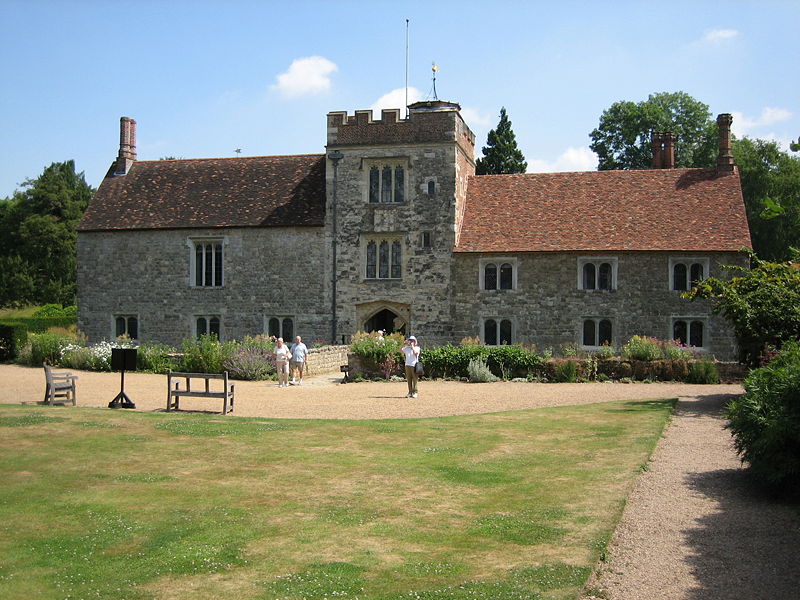
The Medieval Manor History

The Medieval Manor History
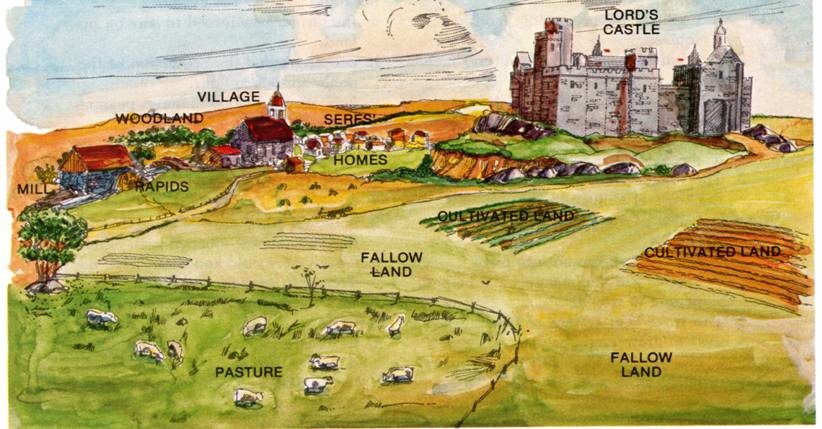
Feudalism The Manor System And The Church World History

Medieval Village

Spendlove Ramblings England Manor House English Manor Houses Manor
Who Lived In The Manor House In Medieval Times - Who lived in the Medieval manor house The people living on the manor were from all levels of Feudalism Peasants Knights Lords and Nobles There were usually large